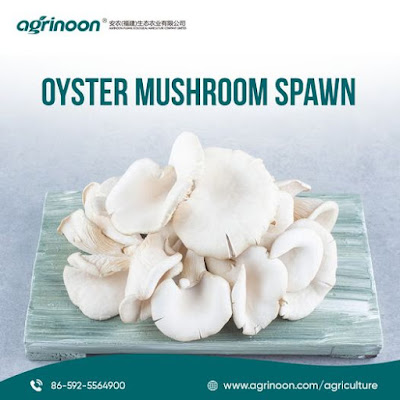In an era where environmental sustainability is a top priority, Shiitake mushroom cultivation on hardwood logs in China emerges as a prime example of agriculture in harmony with nature. These exceptional logs, carefully sourced from selected hardwood trees, serve as the fundamental substrate for Shiitake mushroom cultivation. In this blog post, we'll delve into the captivating world of Shiitake mushroom logs in China and explore the sustainable advantages they offer.
The Origin of Shiitake Mushroom Logs
Shiitake mushrooms, known for their rich flavor and abundant health benefits, have been a culinary delight in Asian cuisine for centuries. China, with its vast agricultural resources and a strong tradition of mushroom cultivation, plays a pivotal role in the global production of Shiitake mushrooms. The journey of these remarkable mushrooms begins with the meticulous selection of high-quality hardwood logs, primarily oak and chestnut, which serve as the foundation for cultivation.
Sustainable Cultivation Practices
One of the most impressive aspects of Shiitake mushroom cultivation on China's hardwood logs is its unwavering commitment to sustainability. Unlike conventional farming methods that often demand extensive land use and risk deforestation, mushroom logs maximize space efficiency. Moreover, the cultivation process itself is less resource-intensive, requiring minimal water and eschewing chemical fertilizers or pesticides.
The Art of Inoculation
The transformation of these logs into thriving mushroom farms is known as inoculation. It involves introducing Shiitake mushroom spawn, primarily composed of mycelium-infused sawdust, into small holes drilled into the logs. As the spawn takes root within the log, it initiates the breakdown of the wood, converting it into a nutrient-rich substrate ideal for mushroom growth.
The Beauty of Natural Decomposition
One of the unique aspects of cultivating Shiitake mushrooms on logs is the natural decomposition process. As the mycelium colonizes the log, it not only creates an optimal environment for mushroom growth but also contributes to the gradual decomposition of the hardwood. This natural decay enriches the soil, promoting sustainable forest health.
A Deliberate Harvest
Cultivating Shiitake mushrooms on logs is a patient and precise process. Typically, it takes several months for the mycelium to fully colonize the logs, and mushroom harvests may occur in stages over an extended period. This measured approach ensures consistent yields and aligns perfectly with the principles of sustainable agriculture.
The Health Benefits of Shiitake Mushrooms
Beyond their culinary allure, Shiitake mushrooms are celebrated for their myriad health benefits. They are a rich source of essential vitamins and minerals, including vitamin D, B vitamins, and selenium. Additionally, Shiitake mushrooms contain bio active compounds linked to immune system support and anti-inflammatory properties, making them a valuable addition to a wholesome diet.
Sourcing Chinese Hardwood Logs
If you're keen on exploring the realm of Shiitake mushroom cultivation or simply wish to savor these delectable mushrooms at home, sourcing Chinese hardwood logs is an excellent choice. Many reputable suppliers offer high-quality Shiitake mushroom spawn and logs suitable for both home cultivation and commercial use. By opting for sustainable suppliers, you actively contribute to forest preservation and promote Eco-friendly farming practices.
In conclusion, the utilization of hardwood logs for Shiitake mushroom cultivation in China exemplifies the coexistence of agriculture and the environment in perfect harmony. These logs provide a sustainable platform for mushroom growth, nurture forest health, and offer a wealth of health benefits to consumers. As we navigate towards a more Eco-conscious future, practices like Shiitake mushroom cultivation on hardwood logs serve as inspiring examples of how we can nourish both ourselves and our planet.












0 comments:
Post a Comment